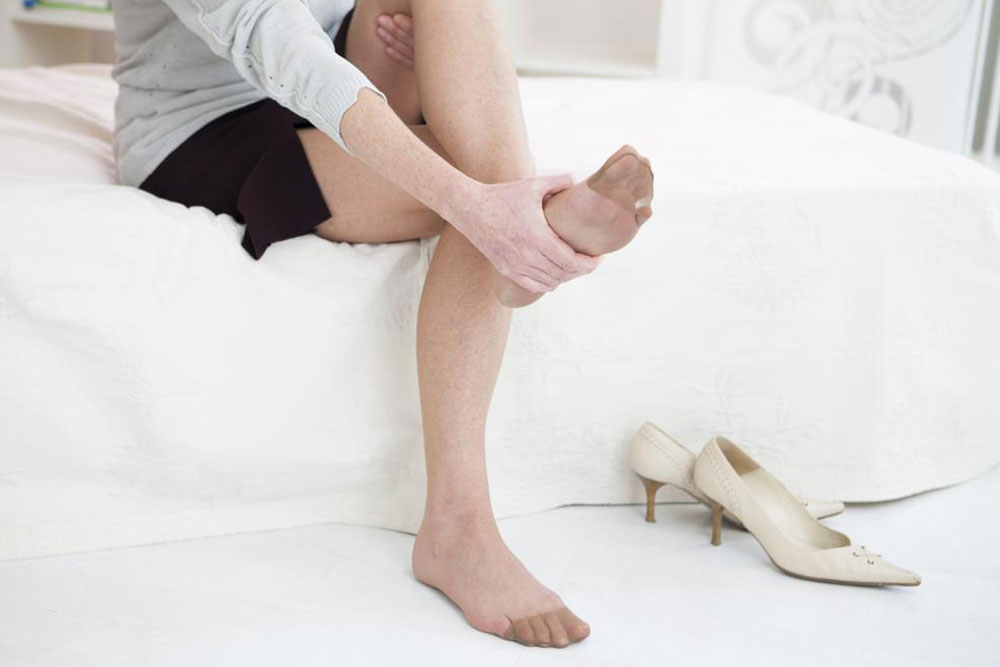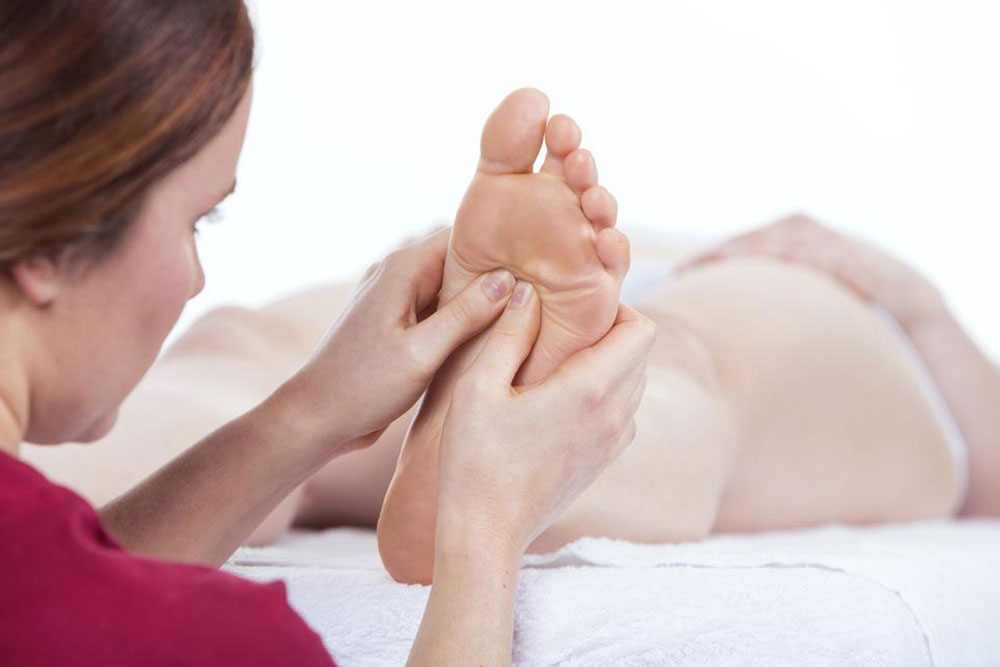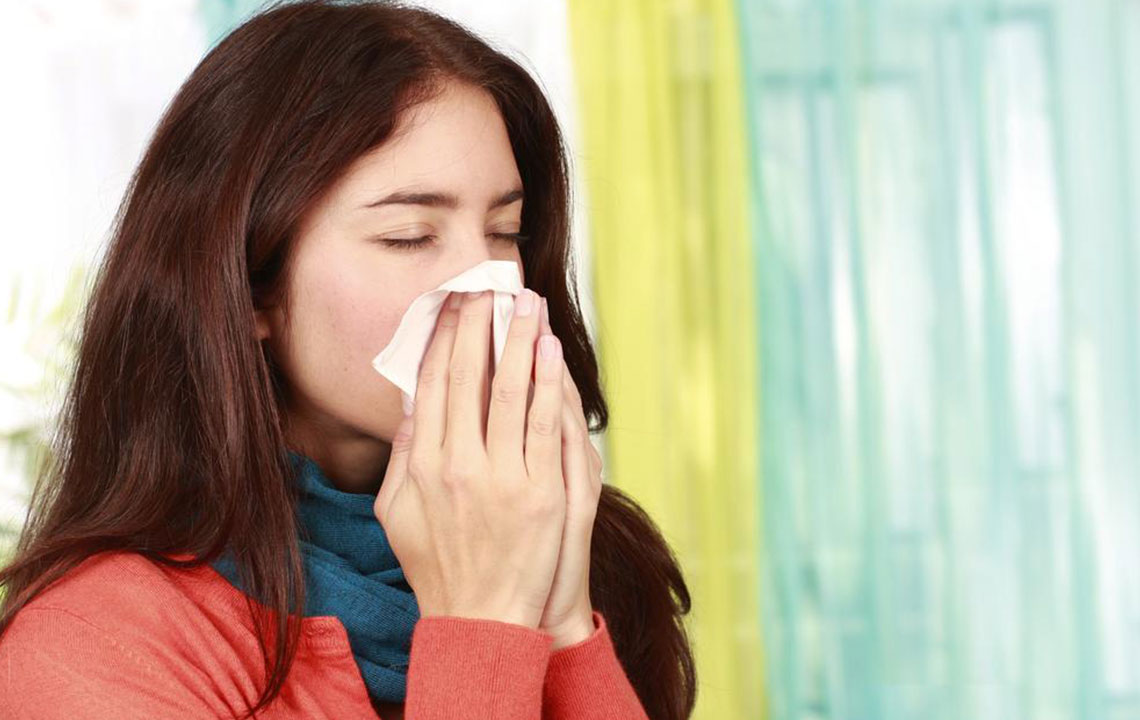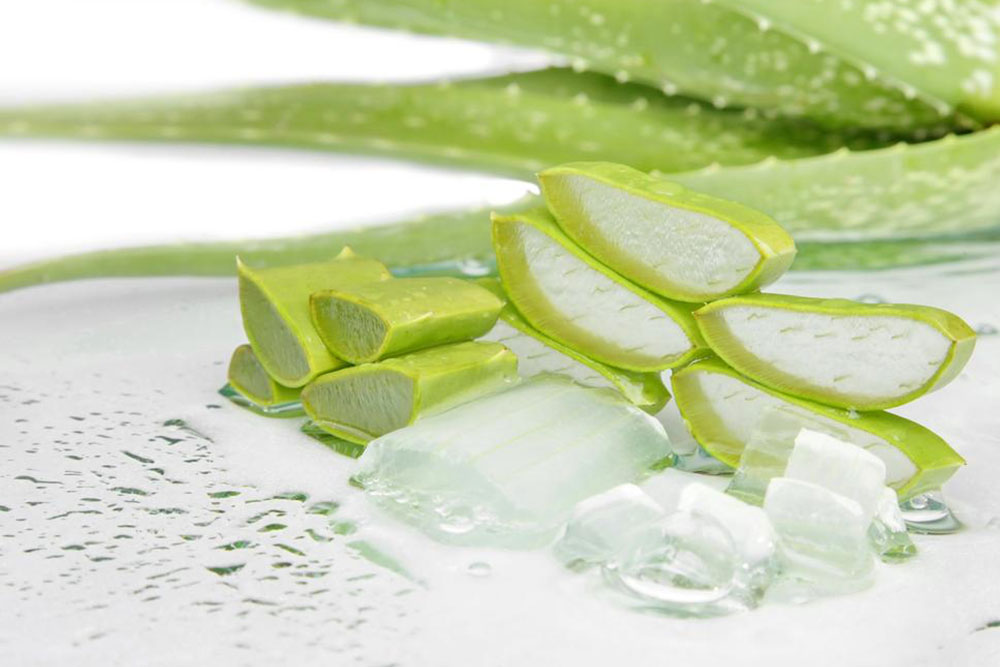Comprehensive Guide to Effective Wart Removal Techniques
Discover comprehensive strategies for wart removal, including over-the-counter treatments like salicylic acid, professional procedures such as cryotherapy and laser therapy, and effective home remedies. Learn how to identify the best approach for your skin type and wart condition, with tips on prevention and care. This detailed guide provides insights into safe practices, precautions, and when to seek medical help for stubborn or persistent warts, ensuring a safe and effective path to clear skin.
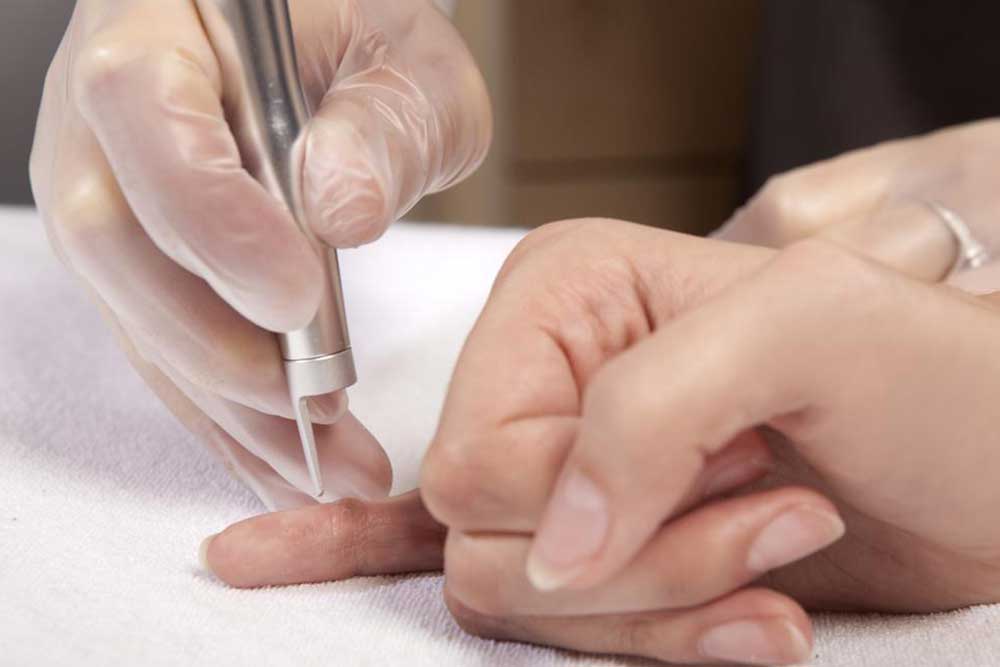
Comprehensive Guide to Effective Wart Removal Techniques
Warts are common skin growths caused by the proliferation of skin cells infected with the human papillomavirus (HPV). These growths can appear anywhere on the body but are most frequently found on the hands, feet, and other exposed areas. While most warts are harmless and benign, their appearance can be unsightly and sometimes uncomfortable. Understanding the causes and available treatment options is essential for effective wart management and removal. In this comprehensive guide, we will delve into the various proven strategies for wart removal, offering detailed insights into each method to help you choose the most suitable approach for your needs.
Warts are caused by infection with different strains of HPV, some of which are more serious than others. For example, certain HPV strains are associated with genital warts or anal warts, which can have more significant health implications. However, the majority of skin warts are benign and do not carry a risk of cancer. They tend to resolve on their own over time, but many individuals prefer to remove them for cosmetic reasons or to alleviate discomfort. Fortunately, several effective treatments are available, both over-the-counter and professional, to help remove warts safely and efficiently.
Effective Over-the-Counter Treatments for Wart Removal
One of the most popular and accessible methods for wart removal involves the use of topical medications, with salicylic acid leading the list of recommended solutions. Salicylic acid is a keratolytic agent, meaning it helps break down and peel away the infected skin layers, promoting wart removal over time.
Salicylic Acid
Salicylic acid is widely regarded as the most effective topical treatment for common warts. It is available without a prescription and comes in various forms, including liquids, gels, patches, and plasters. The application process involves applying the medication directly to the wart after soaking the area in water to soften the skin. Consistent use over several weeks is usually necessary for noticeable results. This treatment is cost-effective, has a high success rate, and generally causes minimal side effects, mostly limited to skin irritation or minor peeling. Patience and adherence to instructions are key to successful wart removal with salicylic acid.
Professional Wart Removal Techniques
For stubborn or extensive warts, professional medical treatments may be more effective. These procedures are performed by dermatologists or healthcare providers and often yield quicker results. Common professional methods include:
Cryotherapy (Liquid Nitrogen Treatment)
Cryotherapy involves applying extremely cold liquid nitrogen directly to the wart using either a spray device or a cotton applicator. The intense cold causes the infected tissue to freeze and die. The treatment typically induces minor discomfort, followed by redness, blistering, and scabbing at the site. Multiple sessions are usually required, spaced two to three weeks apart, with three to four treatments generally needed for complete removal. Cryotherapy is highly effective but may cause temporary discomfort and potential skin discoloration.
Cantharidin Treatment
This involves applying a blistering agent that causes the wart to develop a blister underneath, which then lifts the wart away from the skin. The procedure is painless during application but may require follow-up visits for removal or additional applications.
Laser Therapy
Laser treatments use focused beams of light to destroy wart tissue. This method is useful for resistant or deep warts and provides precise targeting with minimal scarring. Laser removal may require local anesthesia and multiple sessions, and recovery time varies depending on the extent of treatment.
Home Remedies and Alternative Methods
In addition to medical treatments, several home-based strategies have gained popularity, although scientific evidence varies regarding their effectiveness. These methods are generally low-cost and low-risk, making them attractive options for those seeking natural or gradual removal.
Duct Tape Technique
This unconventional method involves covering the wart with duct tape continuously for about six days, then soaking and exfoliating the area before reapplying. While results are anecdotal and studies are mixed, some individuals find it helpful. The principle is that constant occlusion stimulates immune response or causes the wart to break down. Patience and consistency are essential for best outcomes.
Applied directly or soaked into a cotton ball secured with a bandage, apple cider vinegar's acetic acid is believed to help break down wart tissue. However, it can cause skin irritation, so caution is advised.
Niacinamide and Tea Tree Oil
These natural remedies have antimicrobial properties and may support immune response, aiding in wart resolution when used consistently.
Precautions and When to Seek Medical Advice
While many warts are harmless, improper self-treatment can lead to complications or spreading of the virus. It's important to monitor your skin for signs of infection, pain, or worsening condition. People with diabetes, compromised immune systems, or those who develop painful or unusual warts should consult a healthcare provider promptly. Additionally, if a wart persists for several months despite treatment, or if multiple warts appear at once, professional evaluation is recommended.
In conclusion, timely and appropriate treatment is essential to effectively manage and remove warts. While over-the-counter options like salicylic acid are effective for most cases, persistent or resistant warts may require professional interventions such as cryotherapy or laser therapy. Combining proper care with professional guidance ensures safe and successful wart removal, restoring skin health and confidence.
